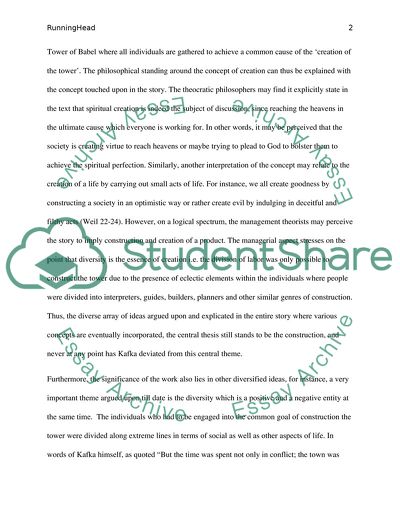Cite this document
(“The Significance of Kafka's The City Coat of Arms Essay”, n.d.)
Retrieved from https://studentshare.org/philosophy/1654641-what-do-you-think-is-the-significance-of-kafkas-the-city-coat-of-arms
Retrieved from https://studentshare.org/philosophy/1654641-what-do-you-think-is-the-significance-of-kafkas-the-city-coat-of-arms
(The Significance of Kafka'S The City Coat of Arms Essay)
https://studentshare.org/philosophy/1654641-what-do-you-think-is-the-significance-of-kafkas-the-city-coat-of-arms.
https://studentshare.org/philosophy/1654641-what-do-you-think-is-the-significance-of-kafkas-the-city-coat-of-arms.
“The Significance of Kafka'S The City Coat of Arms Essay”, n.d. https://studentshare.org/philosophy/1654641-what-do-you-think-is-the-significance-of-kafkas-the-city-coat-of-arms.


